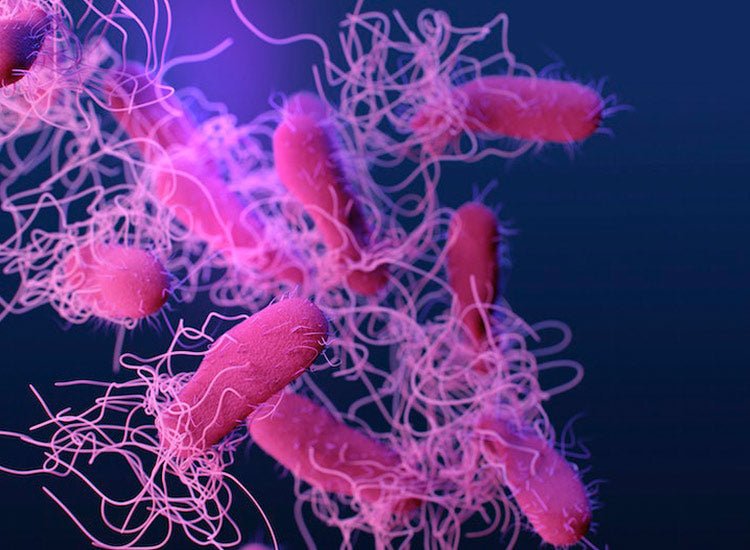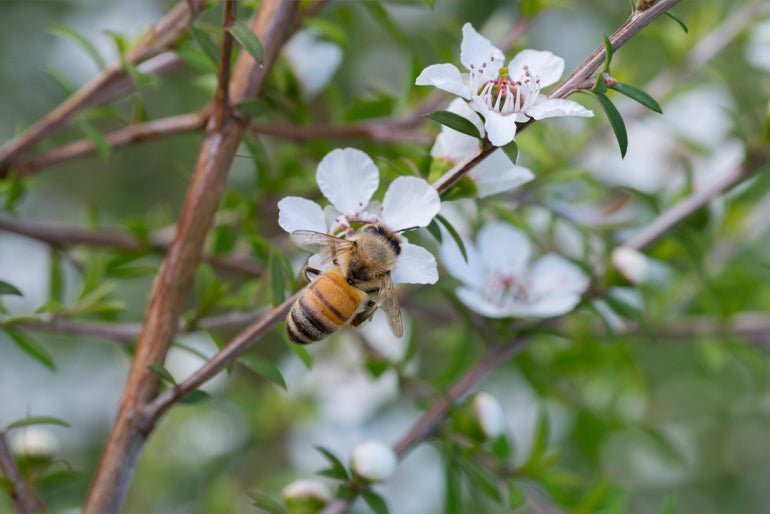
Understanding MGO: The Power Behind Manuka Honey

Manuka honey is a unique type of honey that has been gaining popularity recently due to its many health benefits. One of the critical components of Manuka honey that gives it its therapeutic properties is MGO or Methylglyoxal. This article will explore MGO and why it is essential in Manuka honey.
What is MGO?
MGO is a naturally occurring compound in various foods, including manuka honey. It forms when dihydroxyacetone, a simple sugar found in the nectar of manuka flowers, is converted into MGO as the hive warms up. The level of MGO in honey can vary depending on factors such as the geographical region in New Zealand where nectar comes from and the location of the hives relative to getting maximum sunlight.
Why is MGO Important in Manuka Honey?
Manuka honey is known for its potent antibacterial properties, and the level of MGO in the honey is directly related to its antibacterial activity. The higher the MGO level in the honey, the stronger its antibacterial properties.
The MGO does not measure the other active fractions within a particular manuka honey. Please read the label: it should tell you the best use for a particular MGO.
Medical Grade Manuka Honey is a standard of purity of honey. Food grades with nutritional panels are not medical-grade manuka honey. If you need clarification or have questions about purity, call 1-800-916-1220.
Studies on MGO in Manuka Honey
Several studies have demonstrated the effectiveness of Manuka honey in treating bacterial infections, including antibiotic-resistant strains such as MRSA. A study published in the Journal of Antimicrobial Chemotherapy found that Manuka honey was effective against many bacteria, including E. coli, Salmonella, and Streptococcus pyrogens. The study also found that the antibacterial activity of Manuka honey was directly related to its MGO content.
Another study published in the Journal of Clinical Pathology found that Manuka honey effectively treated infected wounds, with higher levels of MGO resulting in faster wound healing. The study concluded that Manuka honey with high levels of MGO could be a valuable alternative to antibiotics in treating infected wounds.
However, researchers warn against using food-grade manuka honey in wounds. Please consult with a medical professional when using manuka honey in wounds.
Anti-inflammatory Properties of MGO
MGO has also been found to have anti-inflammatory properties, which can help reduce inflammation and pain in the body. A study published in the Journal of Inflammation found that MGO reduced inflammation in rats with arthritis.
What are the MGO Levels in Manuka Honey?
The MGO level in Manuka honey is measured using a rating system developed by the Manuka Honey industry working with the Ministry of Primary Industries (MPI), an agency of the New Zealand Government.
According to the MPI, a brand must state if a particular manuka honey is monofloral (pure Manuka) or multi-floral (not pure Manuka).
MGO is a Crucial Component of Manuka Honey
In conclusion, MGO is a crucial component of Manuka honey, giving it potent antibacterial and anti-inflammatory properties. The level of MGO in Manuka honey is directly related to its therapeutic benefits when ingested.
Food-grade Manuka honey with high levels of MGO is not medical grade and should not be used in treating bacterial infections and promoting wound healing. As the demand for natural remedies continues to grow, Manuka honey is becoming an increasingly important and valuable product, and its MGO content is a critical factor in its efficacy.




